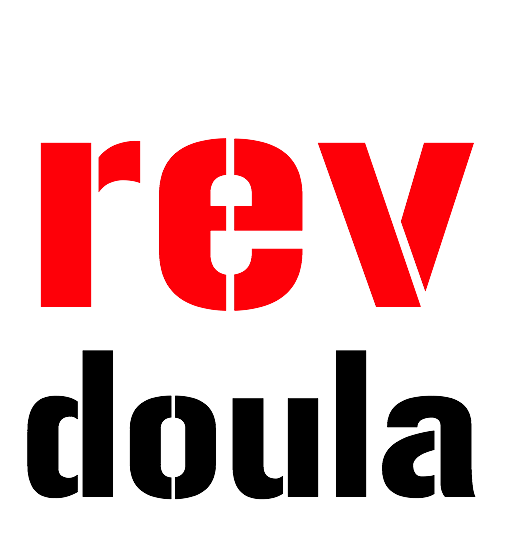Meeting the Theotokos in the Hospital
I was doin’ my chaplain thing this week, sitting with a patient’s family while they waited for news about their loved one, and I happened to mention to one of them (let’s call him Hank, which is not his real name) that I’m also a doula and a blogger on things birtheology-related. A couple of days later, I had a chance to swing by and check on this family, and Hank stopped me and said that he had googled my blog (“It’s an internet world,” he said), and he had a suggestion for me. Turns out Hank is Eastern Orthodox, and when he saw my blog, he immediately thought of this:
Or something a lot like this, as this is what I found when I googled what he described to me. It is an icon, which (put simply) is a religious work of art, often used in worship, but not as an object of worship. Eastern Orthodox Christians venerate (that is, regard with reverence or respect) icons, but this veneration, as Bishop Auxentios explains,
must be understood as a veneration rendered not to a thing (or person), in and of itself, but through the thing to that which sanctifies it—ultimately, of course, to God. We honor the Cross, therefore, because of the One crucified on it. We honor a Saint because of Him whose friend the Saint is.
This icon in particular is of Mary who is here depicted as the Theotokos, which is a Greek term most precisely translated as birth-giver of God. In this rendering, Mary is pictured facing the viewer with her hands raised in a position that is both a posture of prayer and a reminder of the posture Christ took on the cross, here reflected by the tiny fully formed Jesus in her womb. This icon is meant to capture Mary at the moment of the Annunciation, when she gave her Great Yes to God, submitting to her role of God-bearer. Veneration of the Theotokos is a big part of Eastern Orthodox Christian practice. According to Dr. David J. Goa (who by the way, looks like THIS!!→)
When Orthodox Christians around the world enter the church, they bring a candle to this icon and, bowing in a prayer of gratitude to God who clothed them in flesh, ask that they, too, like the Theotokos, may be open to be a birth giver of divine love in a fractured and suffering world.
This is a prayer uttered by all Orthodox Christians regardless of gender or age, because this vocation to give birth to divine love is one that all Christians share. It’s like the good Dr. Goa says:
The mystery of the Incarnation of God in Christ is our mystery, a revelation of our created nature and a call to its fullness,...[thus] the Icon of the Virgin and Child is...the Icon of the Human Vocation. It reveals to us our capacity as persons, as women, men and children.
I believe that the Incarnation is not only something Jesus did once, but something that every Christian is called to do daily: to bring God into this world of flesh and blood. We are to say Yes to God, and allow Christ to be born in us, just like Mary did. This reminds me of the sermon Julie Pennington-Russell preached at my ordination, in which she stated that this woman who became the mother of Jesus was “no Milquetoast Mary,” but instead an incredibly brave and faithful person. Each of us who are serious about bearing Christ within us and bringing forth the light of God into the world ought to take her for a model of faith.
When Hank was telling me about the Theotokos and the significance this icon has for him and for his fellow Orthodox Christians, I lamented that Protestants lost so much when we decided to stop really paying any attention to Mary. He replied that we “threw out the baby with the bath water–no pun intended!”
I couldn’t agree more.


